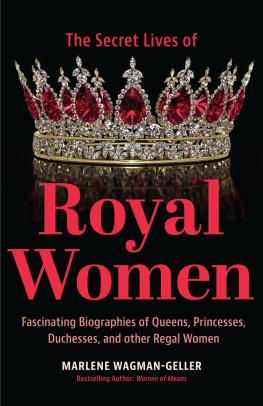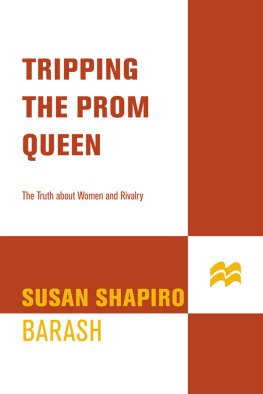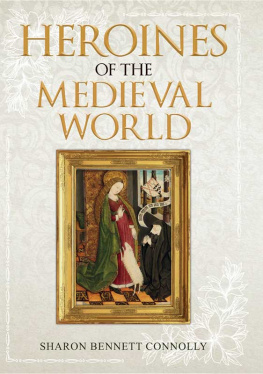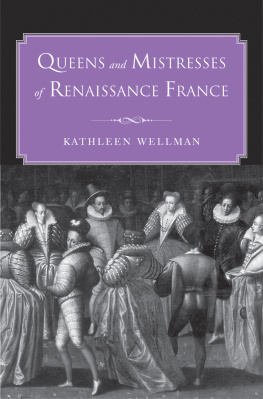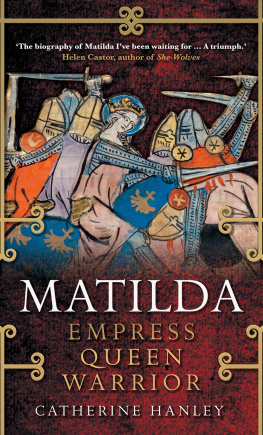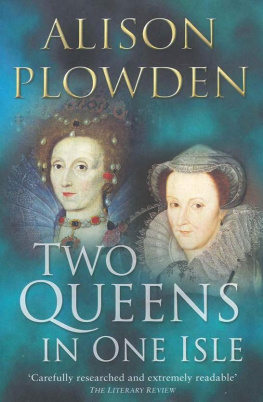Contents
Guide


First published 2022
The History Press
97 St Georges Place, Cheltenham,
Gloucestershire, GL50 3QB
www.thehistorypress.co.uk
Gemma Hollman, 2022
The right of Gemma Hollman to be identified as the Author of this work has been asserted in accordance with the Copyright, Designs and Patents Act 1988.
All rights reserved. No part of this book may be reprinted or reproduced or utilised in any form or by any electronic, mechanical or other means, now known or hereafter invented, including photocopying and recording, or in any information storage or retrieval system, without the permission in writing from the Publishers.
British Library Cataloguing in Publication Data.
A catalogue record for this book is available from the British Library.
ISBN 978 1 8039 9232 7
Typesetting and origination by The History Press
Printed and bound in Great Britain by TJ Books Limited, Padstow, Cornwall.
eBook converted by Geethik Technologies

To Mum and Dad,
for always supporting me in everything I wanted to do.
The most gentle Queen, most liberal, and most courteous that ever was Queen in her days
Jean Froissart on Queen Philippa of Hainault
There was in England an unchaste woman, a most shameless whore, named Alice Perrers but she was advanced by fortune, for she was neither noble nor beautiful
Thomas Walsingham on Alice Perrers
Contents
Acknowledgements
No book written during this time can fail to acknowledge the impact of the coronavirus pandemic on its production. This book was greatly delayed when access to resources shut down, but I would like to start by acknowledging the hard work of all the librarians and archivists across the country who endeavoured to open up new ways for historians to access their materials. A thank you, too, to the online journals and other source websites who opened up their digital resources for free, thus allowing the continuation of research despite the circumstances. My next thanks goes to Chrissy at The History Press for asking me to write this next book, and for helping me to shape my ideas when it was in its infancy. Thank you to Simon for ably taking over as commissioning editor when Chrissy moved on, and thank you to Jess for being such a fantastic publicist.
Thank you, too, to my parents for keeping me encouraged whilst writing, and for listening to me ramble random titbits at them over dinner. A special thanks to my mum for reading over early drafts and giving her opinion, and to my friends who did the same: Conor, Claudia, Desa, Glyn and Aaron. Thank you to my other friends, Cat, Fiona, Ella, Harriet and Michael B. for keeping me sane over the pandemic, with virtual birthday drinks and endless text messages. You kept me going so that I had the energy at the end of the day to sit and write all this. Thank you to Nick for always chatting to me about writing and our respective projects and to Jill for continuing to be my archive auntie try not to put this one in the washing machine. And thank you Conor for staying by my side, for bringing a wonderful little cat into our lives and for being a great companion during lockdown. The days flew by with you. A final thank you to the wonderful historians who have done so much work on the reign of Edward III and the women in his life, so that I could learn about and fall in love with Philippa and Alice.
Genealogical Tables


Introduction
His like had not been seen since the days of King Arthur. So says the chronicler Jean Froissart of the great King Edward III of England. But behind every great man is a woman, and Edward was no exception.
Edwards mother was Isabella of France, daughter of King Philip IV of France and Queen Joan I of Navarre, and her later title of She-Wolf was well deserved. In 1326 she deposed her husband, King Edward II of England, and ruled as regent with her lover for four years before her son took control of the kingdom as Edward III. Edward had a powerful role model in his mother, and she continued to influence him until her death.
The next most important woman in Edwards life was his wife, Queen Philippa of Hainault, who was the daughter of the Count and Countess of Hainault. Edward and Philippas marriage had been a political one, but from the start the attraction between them was clear. Theirs was one of the most successful royal marriages in English history, lasting for forty-one years and producing twelve children. Philippa has been remembered as a pious, kind-hearted woman who excelled at being a wife and mother, and whose charity and mercy benefited not only the whole of the kingdom but also Englands enemies; a tearful plea to Edward famously saved the lives of prisoners-of-war at Calais. Her death in 1369 broke the kings heart and, in the minds of many, marked the start of his downfall.
Philippas death did not leave Edward completely alone. A few years previously he had begun a relationship with the final woman who was to exert great influence on his life and the kingdom of England: Alice Perrers. Alices name has become synonymous with greed, immorality and cruelty. She became probably the richest woman in England through Edwards patronage, and she held more land than most of the male nobility too. For hundreds of years after she lived, writers told of the seductress who charmed an ageing, mourning king into loving her, then proceeded to wring him of his wealth, his friends and his kingship. This Alice Perrers was so heartless that after the poor king died she even stooped to steal the rings from his still-warm fingers.
As is so often the case with the history of women in the medieval period, this is not the whole story. The tales of these womens personalities and deeds have been twisted over the centuries, making each of them a caricature. This book focuses on the lives of the only two women Edward is known to have had romantic relationships with Philippa of Hainault and Alice Perrers. At first glance these women seem like the angel and devil on Edwards shoulders. Dig a little deeper and the real women begin to come to the surface, showing very different characters. Philippa was indeed an exemplary queen who in so many ways fitted the model for a perfect ruler, and yet she had vices of her own. She was in debt for most of her life, with Edward and the coffers of England continually coming to her rescue. Often portrayed by modern historians as greedy and keen to exploit the monetary privileges given to her as queen, she adorned herself with luxurious fabrics and was always dripping with jewels.
It is true that Alice gathered as much land as she could, and at times she was unpleasant to her contemporaries. But underneath the sexist judgements laid upon her for centuries, an incredibly intelligent, shrewd and confident woman emerges. In a time where many women only had two paths in life marriage or a nunnery Alice chose to forge a path of her own: mistress. Previous kings, of course, had mistresses, but their names have been lost to history. Only the legendary Rosamund Clifford, mistress to Henry II, came close to Alices fame before her. In a time when it was expected that only women from the nobility would be educated, Alice rose from obscurity and navigated complicated legal systems to build her empire, a feat which has astounded contemporaries and historians since. To be this astute, Alice was indeed a special woman. If she used her sexuality to her advantage, it was only to level the playing field with the wealthy, powerful men at court.



